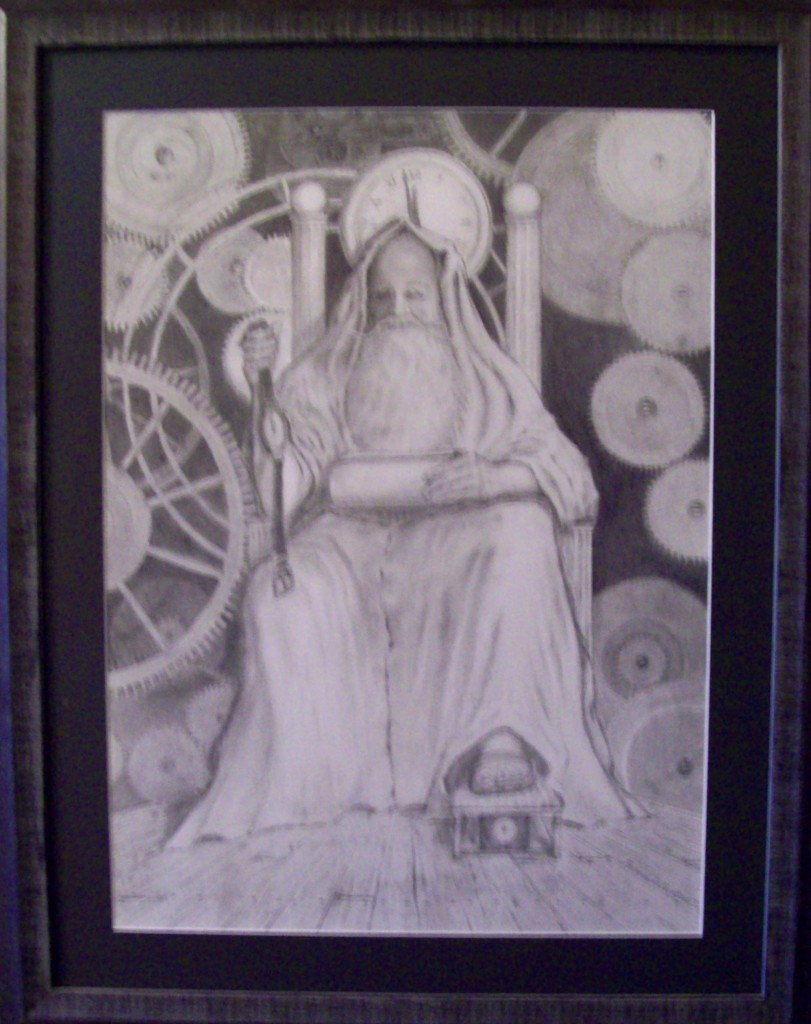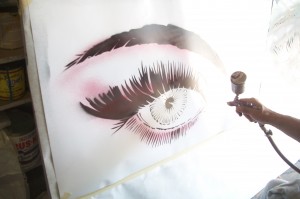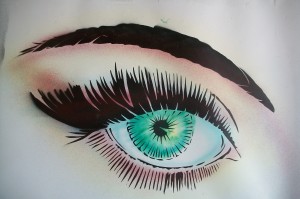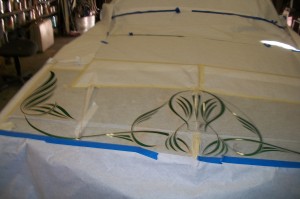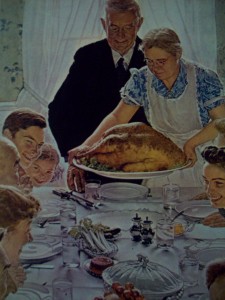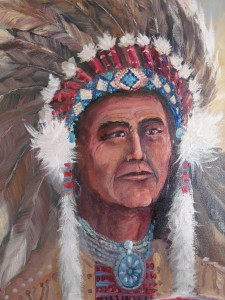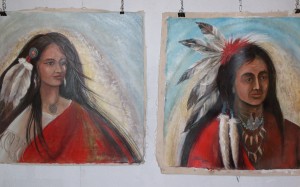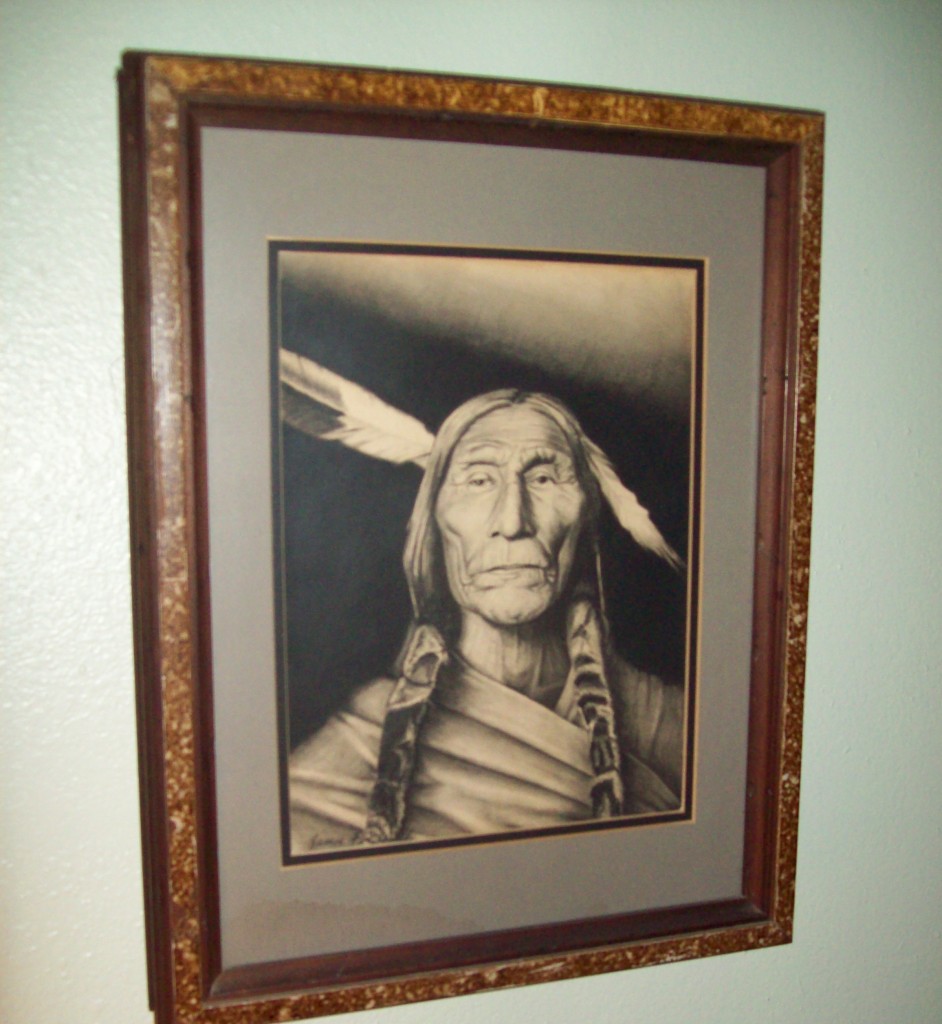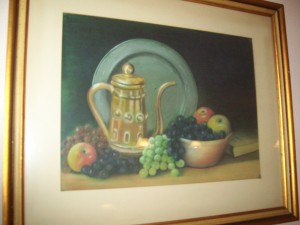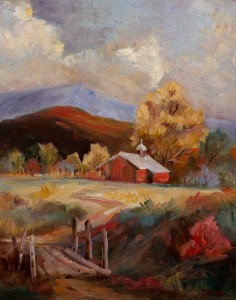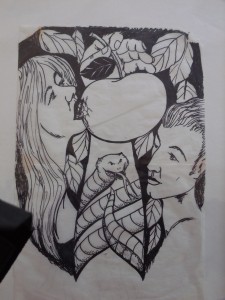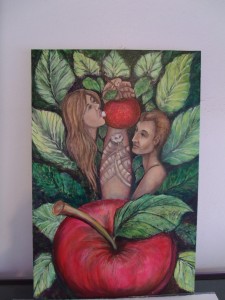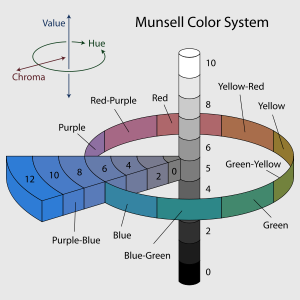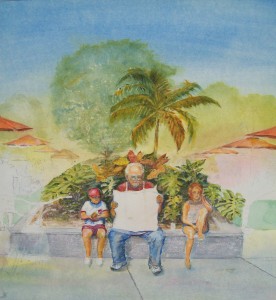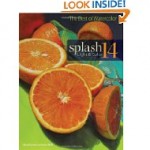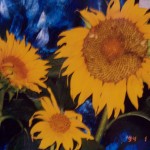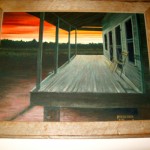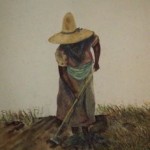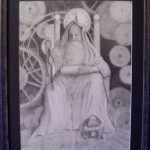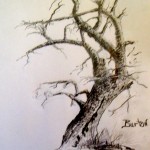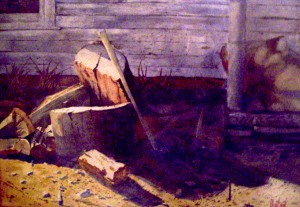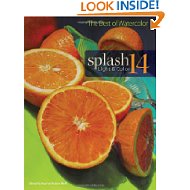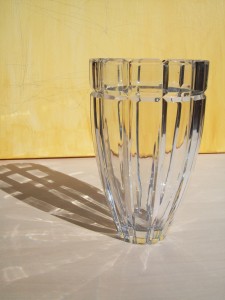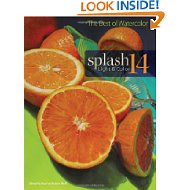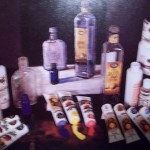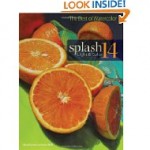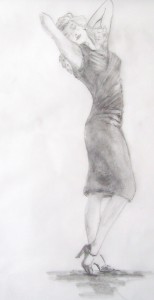
When selecting certain drawing styles, you can use several pencil choices in as many ways as a painter uses a brush. For example, a lively linear approach allows every pencil stroke to show. If you wish to have a smooth photographic effect, blend your strokes. However, you may want to experiment with dots, short strokes, straight or curved. When you do this, a whole new world of discovery will appear on your paper with excitement. Although, I personally draw with all of the styles mentioned above, my preference is a smooth blending to capture a more photographic effect. Yet, this all depends on the subject.
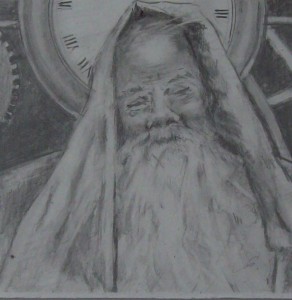
The study to the right was a first draft of my drawing, Grinding Gears of Time. It is done in a careful blending style in an effort to get the “photographic” effect. It is a study for the finished drawing. The subject is Father Time, of which I have made many different sketches and drawings over the years. Below is a study for the same subject that I did more than forty years ago. Here, the style of drawing strokes used was more bold strokes.
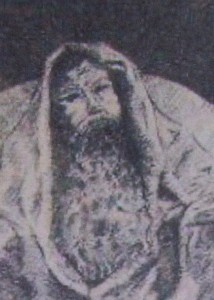
Values are very important when drawing black and white pictures. It helps any pencil artist to work them out ahead of time. It doesn’t matter whether done loosely as a simple sketch, or ones with more detail as those demonstrated on this page. My personal preference is to take value sketches to a more completed work to get a better “feel” for the final drawing.
Art Tip: When considering values, it helps to start with the light-to-middle values. Keep in mind, once you’ve laid down the darkest stroke, it’s very difficult to lighten or clean it up with an erasure.
Art Tip: With pencil drawings, you have several choices of leads which vary between hard, medium and soft. The way you create your point can make many effects and textures. Experiment with this as you are stroking, cross-hatching, dotting and making marks on the paper.
Be sure to sign up for our newsletter. One of our members will receive a beautiful art book…SPLASH – 14. Good luck. (Above Right)
